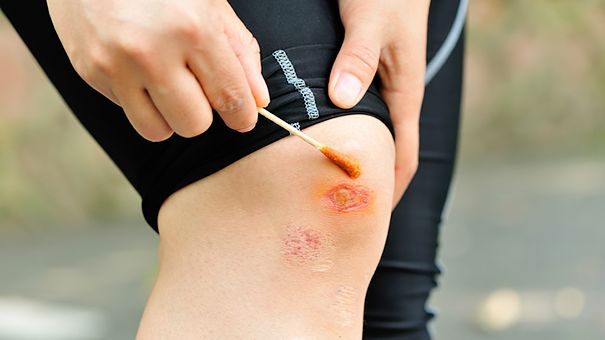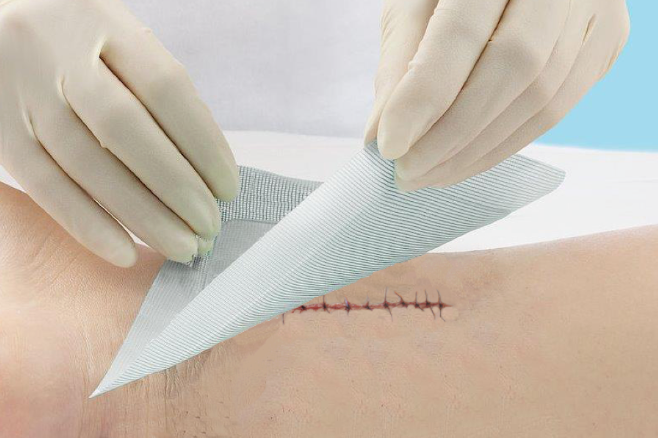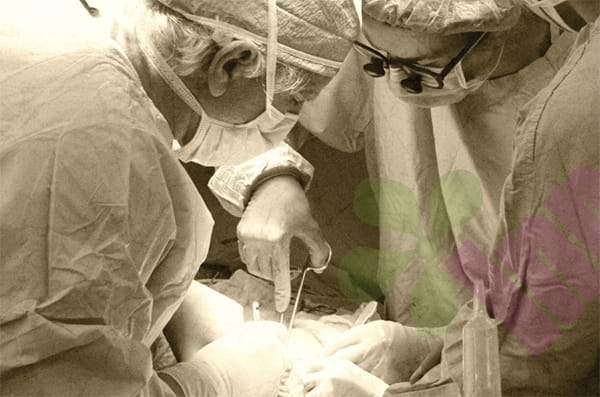Summer is here, and with short-sleeved shirts and shorts exposing our skin more, outdoor activities inevitably lead to bumps and bruises. From simple scrapes to deeper wounds, improper treatment can slow healing and potentially lead to infection. Today, let's discuss the proper treatment for common summer wounds. Follow me as I take a look.

Why are wound problems more common in summer?
Summer clothing is thinner, leaving the skin less protected, making it more susceptible to injury during outdoor activities. Furthermore, the hot and humid environment fosters bacterial growth, increasing the risk of wound infection. Increased activities like swimming and playing in the water also increase the likelihood of wounds coming into contact with unclean water. These factors all require extra care during summer wound care.
How to treat different types of wounds?
For minor abrasions, immediately rinse the wound with clean running water to remove any dust or debris. If you have saline solution at home, this will help clean the wound more thoroughly. Avoid rubbing vigorously to avoid causing secondary damage. For larger abrasions, gently apply pressure with clean gauze to stop any bleeding.
Deeper wounds require more caution. If the wound is bleeding heavily, apply direct pressure with clean gauze or a towel to stop the bleeding. Maintain pressure for at least 5 minutes. Observe the wound after the bleeding stops. If the wound is deep, has uneven edges, or was caused by rusty objects, seek medical attention as soon as possible and be sure to get a tetanus shot.
What are the common misconceptions about wound care?
Many people are accustomed to directly flushing wounds with alcohol or hydrogen peroxide, believing this to be a more thorough disinfection. In fact, while these irritating liquids can kill bacteria, they can also damage wound tissue and delay healing. The correct approach is to disinfect using a disposable iodine-containing cotton swab, moving in a circular motion from the center outward. Replace the swab each time, and disinfect three times, ensuring that each circle is smaller than the area previously disinfected.
The most common misconception is to let the wound air dry naturally. In fact, moist healing is more conducive to healing. Use functional wound dressings such as hydrocolloids. When purchasing, choose a dressing that is larger than the wound. In the summer, try to change the wound dressing daily.
How to determine if a wound is infected?
Under normal circumstances, the wound will gradually scab over, and the pain will gradually subside. If the skin around the wound becomes redder and wider, and there is obvious pain when pressing, yellow or green pus oozes from the wound, the wound emits a strange odor, or there are systemic symptoms such as fever, you should seek medical attention immediately if these symptoms occur.
What should we pay special attention to in wound care in summer?
- Keeping the wound dry is important, especially when bathing or swimming. You can use a waterproof dressing to protect the wound, but be careful not to leave it covered for long periods of time. Check the wound after each contact with water. If you sweat a lot, change the dressing more frequently to prevent sweat from soaking the wound.
- Ensure adequate protein and vitamin intake in your diet, as these nutrients are very helpful for wound healing. Avoid spicy and irritating foods to prevent aggravating inflammation. Adequate sleep can also promote wound repair.

When should I go to the hospital?
If a wound is deep or large, contains foreign matter, was caused by a rusty object, or is caused by an animal bite, bleeds for more than 10 minutes, or shows signs of infection, and you're unsure about the wound's condition, the safest course of action is to consult a healthcare professional. We hope everyone has a safe and enjoyable summer. For more information on the Innomed® PU Film Wound Dressing, please refer to the previous article. If you have customized needs, you are welcome to contact us; you can contact us wholeheartedly. At longterm medical, we transform this data by innovating and developing products that make life easier for those who need loving care.
Editor: kiki Jia

 English
English عربى
عربى Español
Español русский
русский 中文简体
中文简体








